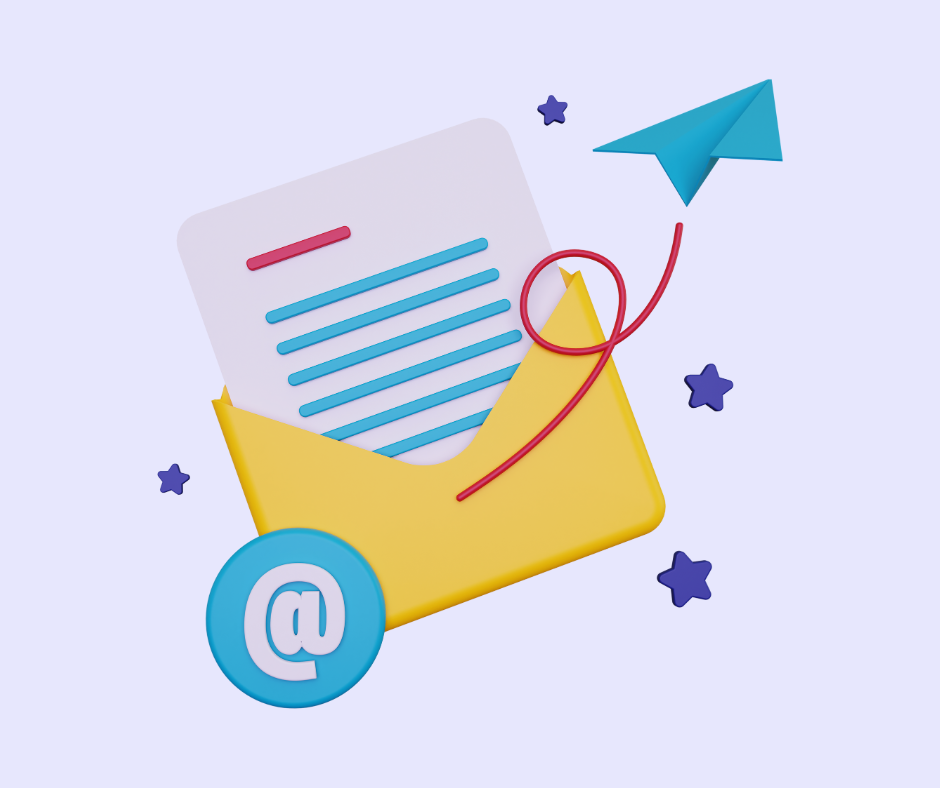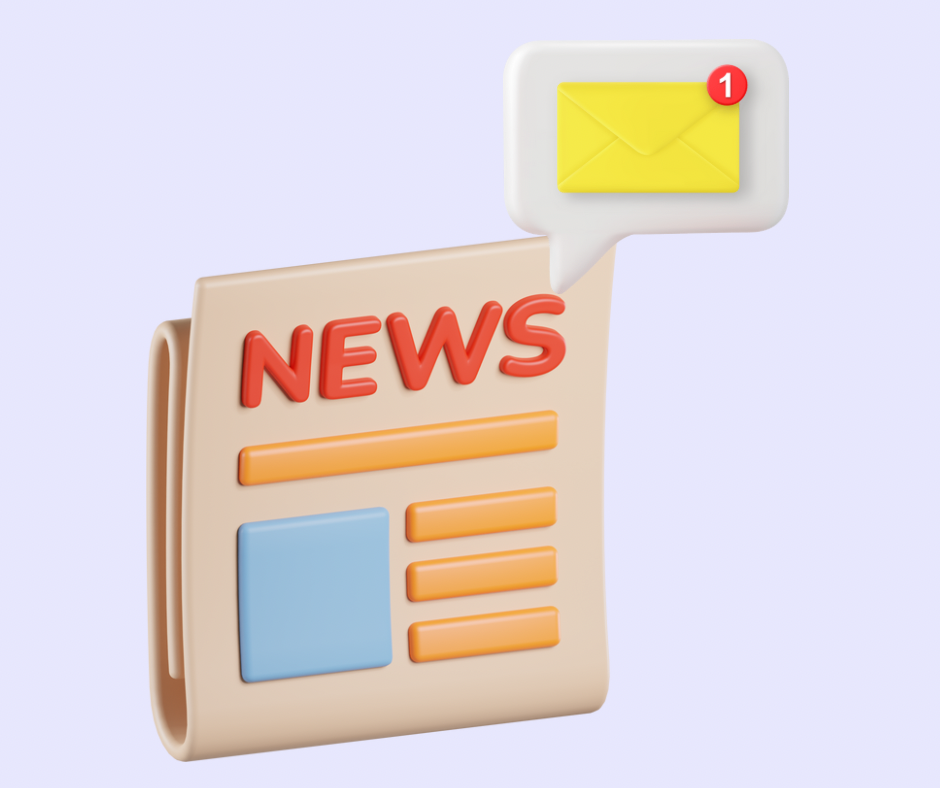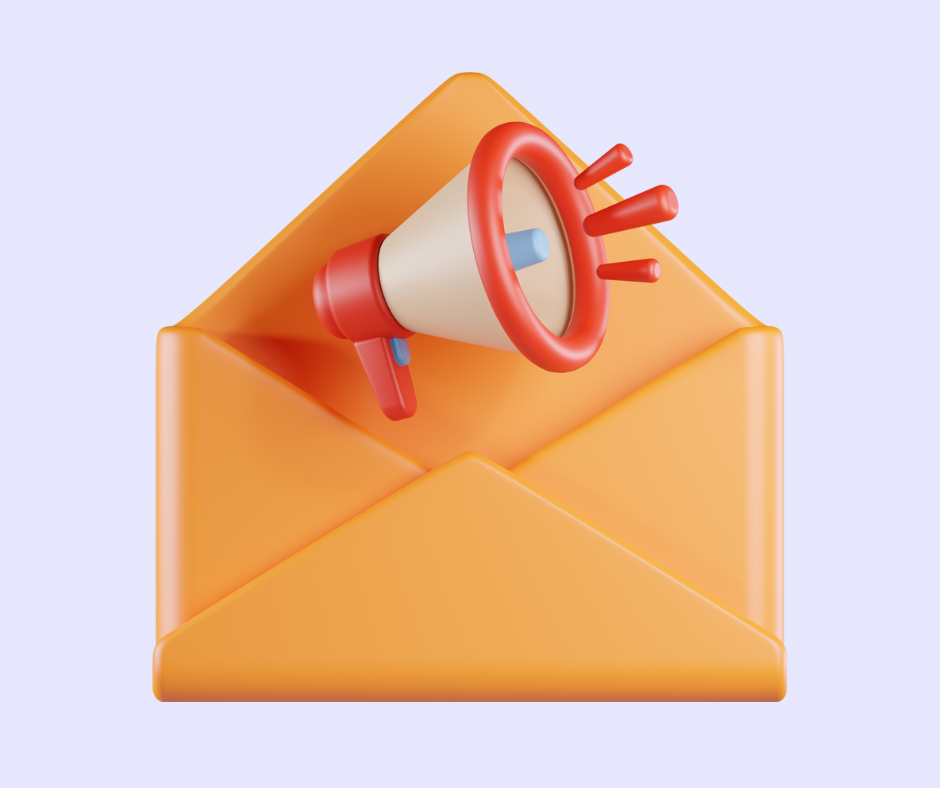How to build an email list for your small business
As a small business owner, building an email list is one of the most important steps you can take to grow your business. An email list provides you with direct access to your audience, allowing you to communicate with them on a regular basis and build a relationship with them. Whether you're looking to drive sales, increase engagement, or simply stay top-of-mind with your customers, an email list is a powerful tool that can help you achieve your goals. In this blog post, we'll explore the key steps to building an email list for your small business, from defining your target audience and creating a lead magnet to designing a high-converting sign-up form and measuring your email list growth and performance. By following these tips, you'll be well on your way to building a strong, engaged email list that can help you grow your business over the long term.
Building your email list
Why building an email list is important for your small business
Define your target audience and create a buyer persona
Craft an irresistible lead magnet to attract subscribers
Design a high-converting sign-up form
Promote your lead magnet across different channels
Nurture your subscribers with valuable content
Optimize your email campaigns for better results
Measure your email list growth and performance
Tips for maintaining a clean and engaged email list
Building your email list is a continuous process.
Why building an email list is important for your small business
Building an email list is crucial for small businesses as it helps to establish direct and personalized communication with potential and existing customers. By collecting the email addresses of interested individuals, small businesses can create a database of contacts that can be used to share important updates, promotions, and other relevant content. This allows small businesses to stay top of mind with their audience and build brand loyalty over time.
Email marketing is also a cost-effective way to reach a large number of people, especially compared to traditional advertising methods. With email, small businesses can segment their audience and tailor their messaging to specific groups, increasing the chances of engagement and conversion. Additionally, email marketing allows small businesses to track and analyze the success of their campaigns, providing valuable insights that can inform future marketing efforts.
Define your target audience and create a buyer persona
Before you start building your email list, it's important to define your target audience and create a buyer persona. A buyer persona is a fictional representation of your ideal customer, based on data and research about their demographics, behavior patterns, motivations, and goals.
Defining your target audience and creating a buyer persona can help you tailor your email marketing efforts to your audience's needs and preferences. By understanding your audience's pain points and interests, you can create targeted and relevant content that resonates with them.
To create a buyer persona, start by conducting research on your audience, including their demographics, location, interests, and challenges. You can gather this information through surveys, interviews, and social media analytics. Once you have a clear understanding of your audience, you can use that information to create a detailed persona that reflects your typical customer. This will help guide your email marketing strategy and ensure that your messages are effectively reaching your target audience.
Craft an irresistible lead magnet to attract subscribers
A lead magnet is a valuable incentive you offer your potential subscribers in exchange for their email addresses. Creating a lead magnet that is both relevant and valuable to your target audience is essential to building your email list. An irresistible lead magnet should solve a problem, provide a solution, or offer something of value to your subscribers.
When crafting your lead magnet, consider what your target audience is looking for, and tailor your offering accordingly. For example, if your small business offers social media management services, your lead magnet could be a free guide on how to increase engagement on Instagram. If you own a restaurant, you could offer a free dessert or appetizer coupon to new subscribers. By creating a lead magnet that speaks directly to your target audience's needs and interests, you increase the chances of attracting qualified subscribers who are more likely to convert into paying customers.
Design a high-converting sign-up form
Designing a high-converting sign-up form is crucial for capturing visitors' attention and encouraging them to subscribe to your email list. Your sign-up form should be clear, concise, and visually appealing to grab the attention of your potential subscribers. It should include a compelling headline, a clear value proposition, and a prominent call-to-action.
You can also include additional fields, such as name or company, to collect more information about your subscribers. However, be mindful of not making your form too long or complicated, as it can discourage visitors from filling it out.
You can design your sign-up form using various tools, including email marketing software or website builders. It is recommended to use a mobile-responsive design, as more and more people are accessing the internet from their mobile devices. Additionally, you can place your sign-up form on multiple pages of your website to increase its visibility and conversion rate.
Promote your lead magnet across different channels
Promoting your lead magnet is an important step in building your small business email list. It’s not enough to simply create a great lead magnet; you need to actively promote it across different channels to reach potential subscribers. Start by sharing your lead magnet on your website and social media channels. Create eye-catching graphics and engaging captions to entice your audience to sign up.
You can also consider partnering with other businesses or influencers in your industry to promote your lead magnet to their audience. Additionally, you can use paid advertising such as Facebook ads or Google ads to reach a wider audience.
Another effective way to promote your lead magnet is through email marketing. Send out an email blast to your current subscribers, inviting them to download your lead magnet and share it with their friends and colleagues. By promoting your lead magnet across different channels, you can attract more subscribers and grow your small business email list.
Nurture your subscribers with valuable content
Once you have subscribers on your email list, it's essential to nurture them with valuable content. This includes providing them with relevant and helpful information, tips, and resources related to your industry or niche. By doing so, you'll establish yourself as a thought leader and build trust with your subscribers.
To create valuable content, consider your audience's pain points and challenges and provide them with solutions. You can also share industry news and trends, how-to guides, and case studies. Remember to keep your content focused and concise, and make it easy to read and visually appealing.
Additionally, make sure to personalize your emails and segment your subscribers based on their interests and behavior. This will allow you to send targeted emails and provide more relevant content to your subscribers. By consistently delivering valuable content to your subscribers, you'll keep them engaged and increase the likelihood of them becoming loyal customers.
Optimize your email campaigns for better results
Email marketing is a powerful tool for small businesses to connect with their customers and build lasting relationships. However, simply sending out emails isn't enough to see success. To truly optimize your email campaigns for better results, there are a few key things you need to consider.
First, ensure that your emails are optimized for mobile devices. With the majority of emails being opened on mobile devices, it's important that your emails are easily readable and clickable on smaller screens.
Next, segment your email list and personalize your content. By tailoring your emails to specific groups of subscribers based on their interests or behavior, you can increase engagement and conversions.
Additionally, pay attention to your email metrics, including open rates, click-through rates, and conversion rates. Use this data to continuously improve and refine your email campaigns.
Finally, make sure your emails have clear calls to action and are visually appealing. A well-designed email with a clear and compelling call to action can drive significant results for your small business.
Measure your email list growth and performance
Measuring your email list growth and performance is crucial for understanding the effectiveness of your email marketing efforts. By tracking key metrics such as open rates, click-through rates, and conversion rates, you can gain insights into what’s working and what’s not. This information can help you optimize your email campaigns for better results and make data-driven decisions about future strategies.
To track your email list growth, you can monitor the number of new subscribers added over time and identify trends in subscription rates. Additionally, tracking metrics like bounce rate and unsubscribe rate can give you insights into the health of your email list and help you identify potential issues with your content or audience targeting.
By regularly analyzing your email marketing performance, you can identify areas for improvement and make adjustments to your strategies to achieve better results over time. With the right tools and metrics in place, you can ensure that your email marketing efforts are driving meaningful engagement and growth for your small business.
Tips for maintaining a clean and engaged email list
Maintaining a clean and engaged email list is crucial for the success of your email marketing efforts. A clean email list means that you have an accurate list of subscribers who are interested in your content and are likely to engage with your emails. To keep your list clean and engaged, it is important to regularly remove inactive subscribers, validate your email addresses, and avoid spamming your subscribers.
To maintain an engaged email list, you should also ensure that your content is relevant and valuable to your subscribers, and avoid sending too many emails that could overwhelm them. You can also segment your list to target specific groups of subscribers with content that is tailored to their interests and needs. Additionally, regularly monitoring and analyzing your email campaign metrics can help you identify areas for improvement and adjust your strategy accordingly to keep your subscribers engaged and your email list healthy.
Building your email list is a continuous process
Building an email list is not a one-time effort, but a continuous process for small business owners. As your business grows and evolves, so should your email list. It is important to regularly review your email list and make necessary updates, such as removing inactive subscribers and segmenting your list to send targeted emails. You can also continue to grow your email list by promoting your lead magnet and opt-in forms through various channels, such as social media and your website.
In addition, it is important to focus on providing valuable content to your subscribers to keep them engaged and interested in what your small business has to offer. By consistently delivering high-quality content, you can establish trust with your subscribers and increase the likelihood that they will become customers or advocates for your business.
Overall, building and maintaining an email list requires dedication and effort, but it can be a powerful tool for small businesses to reach and connect with their target audience.
Related Articles
Ready to start building your email list? Get Started With Fickl Today.




